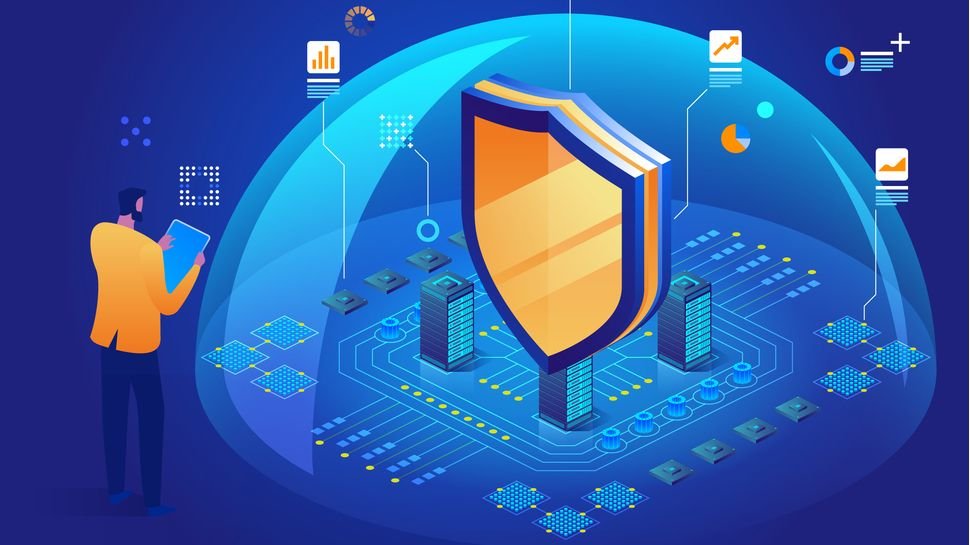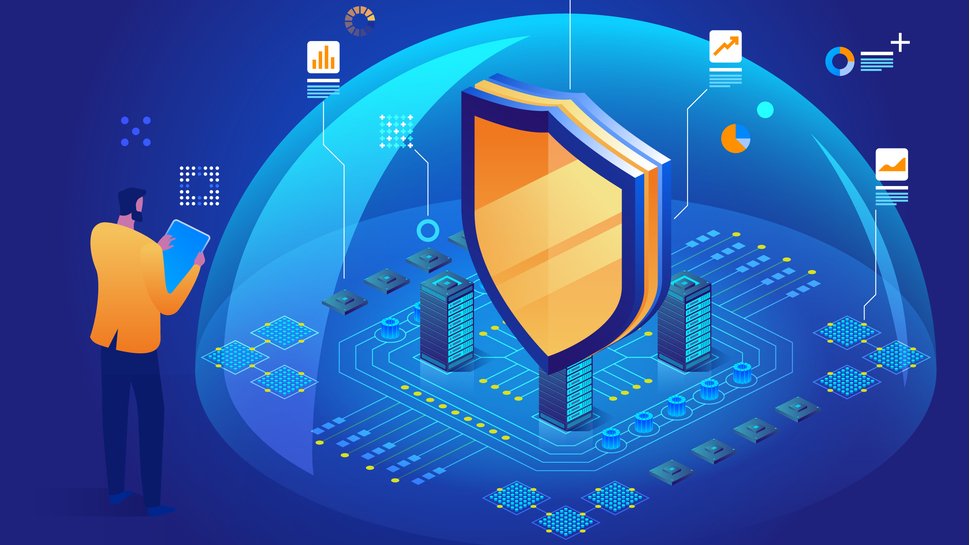

When running a business in today's marketplace, tackling identity fraud can be one of the most complex and costly tasks. This, combined with the detrimental effects that breaching regulations can have both financially and reputationally, gives fraud management an unenviable seat on the board, often in a negative way. understood and underestimated, until it's too late. Fraud itself is nothing new, but the fraud and identity theft industry is experiencing a resurgence. While our growing reliance on digital products and services has brought endless benefits to business and personal lives, especially in recent months, it has also expanded new opportunities for scammers. People connect to online services and applications from remote locations around the world, increasing potential exposure to digital identities. Identity theft is no longer just a hobby for hackers, as evidenced by the fact that the fraud industry is now worth trillions. Business continuity is now predicated on a shift from analog to digital offerings, and organizations across industries are reinventing themselves through digital transformation. As a result, the number of interactions between digital platforms and customers is exploding, which means more vectors are available for scammers to exploit. About the Author Carol Hamilton is Director of Compliance and Fraud, EMEA at GBG
Use data to win the race against identity scammers
When it comes to identity theft, we are seeing an increase in the attempts and complexity of the attacks. Essentially, as our digital world flourishes, so do cybercriminals. So how can companies navigate this evolving fraud landscape? As a key first step, they should try to embrace data, collaboration, and emerging technologies such as advances in identity verification. Additionally, the ways in which technology can support identity theft prevention are evolving and we can now use data as a central part of these defenses. An ever-growing, flexible, multidimensional data set has the ability to support decision-making, risk assessment, and market understanding. Therefore, there is no doubt that harnessing the potential of connected data points to support identity theft prevention measures will be cemented in future business operations.
Identity theft prevention with verification
Identity verification is at the heart of fraud prevention. However, with each step forward in identity verification technology, there is also advancement in identity theft methods. Ultimately, it is a battle between the two that leads to the need to continue to innovate and develop new verification technologies. More recently, we have seen companies facing the challenge of remote identity verification. As part of remote work measures, companies suddenly had to switch from face-to-face verification to digital verification, leaving a gap the online world doesn't foresee: the certainty that a person behind the screen is okay. . what it claims to be In times of increased concern, businesses need more than ever to be proactive in their fraud prevention solutions to protect themselves and their customers. Identity verification technologies can be quickly and easily implemented in the departments of a company. By adopting connected data sets, businesses can benefit from smarter, more up-to-date, and more relevant information to verify who is a legitimate customer and who is a scammer.
Strengthen defenses through data orchestration.
Data orchestration allows organizations to efficiently and easily coordinate data usage through a single layer. As risk managers strive to equip their organizations with security, we are seeing a shift from orchestrating data as a future goal to becoming intrinsic to secure operations. For example, during onboarding processes, identities will be verified and matched against existing data sets to determine if the person is who they say they are or has committed fraud in the past. This not only adds a contextual layer to fraud and identity theft prevention measures, but also improves accuracy and ensures compliance. Manual data processes and siled systems are replaced by intelligent data sets to drive real-time responses to identity theft and fraud. Increasingly, behavioral intelligence (ie understanding a customer's behavior as imprinted on data) is being used to detect the abnormal and increase fraud detection power. In addition, there is a growing emphasis on streamlining processes so that neither the customer nor the scammer are aware of the process. As another example, device data may indicate a potential identity hack. Let's take the example where an individual's mobile number changed SIM cards shortly before a major transaction took place. Using data to detect suspicious behavior like this can be vital for both organizations, such as retailers or banks, and the affected customers.
AI and ML: the future of fraud prevention
Combining key behavioral intelligence and data with technologies like machine learning (ML) can open up a field of possibilities when it comes to fighting fraudsters. Machine learning can uncover previously unknown fraud patterns and use automation to support real-time fraud detection and prevention. Additionally, ML can reduce errors, improve accuracy, and increase efficiency, which in turn will refine operations as a whole. Organizations from all sectors are really making progress here and investing more and more. Ultimately, scammers continually evolve and develop new ways to steal identities; their methods may even change on a daily basis. By adopting data and intelligence-driven strategies and leveraging sophisticated AI and machine learning capabilities, businesses will be able to detect potential identity theft as it occurs, mitigating it. impact and therefore stay ahead in the fraud race.

